Sharing Strategies

Let’s talk about the elephant in the room: invisible disabilities
The elephant was the bearer of a very important message. Most people are aware of Disability as a very visible thing. But that isn’t always the case. A lot of disabilities are invisible, but sometimes our reaction to them isn’t. There is a need for consideration in our behaviour and actions.
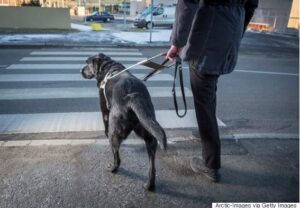
Stop Making Degrading Assumptions About People With Disabilities
Most of us have gone beyond the notion of jobs that can be performed only by men or only by women, and that race is something that is a predictor of behaviour of any kind. Why have we not begun to approach our assumptions around disability?

Disability and Health Inclusion Strategies
Inclusion of people with disabilities into everyday activities involves practices and policies designed to identify and remove barriers such as physical, communication, and attitudinal, that hamper individuals’ ability to have full participation in society, the same as people without disabilities

Is an “Identity Model” Replacing the Charitable, Medical, and Social Models of Disability?
Language is a strange and powerful thing. So are sociological models for traits that describe the six completely disparate groups of people with disabilities.
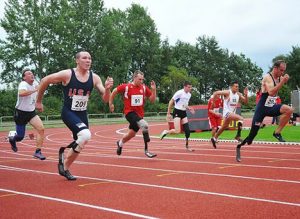
Identity-first vs. person-first language is an important distinction
About resources on the use of appropriate, respectful language when it comes to how we identify the people who are living with various conditions or disabilities.

Lower Bars, Accessible Menus: This Restaurant is Designed for People with Disabilities
Contento, a new restaurant in New York City, was designed both by and for people with disabilities.
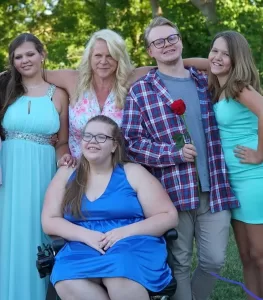
The Hidden Cost Of Raising A Child With A Chronic Condition
Emma and her three siblings have Leigh Syndrome, a mitochondrial disease which involves multi-systemic failure. Before they were diagnosed, Emma became gravely ill and went into a coma in 2011.
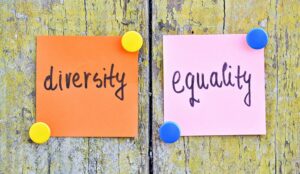
Five ways to make society more inclusive
What can be done to make our society and world a more inclusive place? Here are five ways.
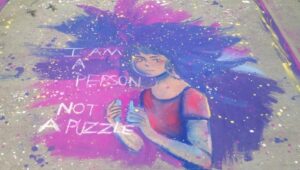
The Autism Puzzle Piece: A Symbol That’s Going To Stay Or Go?
The origins of the puzzle piece, the primary symbol for autism, go back to 1963. It was created by Gerald Gasson, a parent and board member for the National Autistic Society (formerly The Society for Autistic Children) in London.
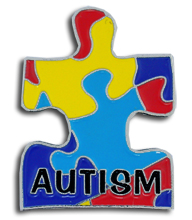
The Problem With The Autism Puzzle Piece
There are plenty of detailed articles available online that articulate why some condemn this symbol. This post aims to concisely summarize why the puzzle piece logo has become so problematic for many in the Autistic community.

